If you have come here for complete information about the tourist places in Leh Ladakh, you are in the right place. I will provide you with all the details about Leh Ladakh’s tourist Places, including location, the best time to visit, and how to get there.
After reading this article, you will not need to look for information anywhere else. I will give you detailed information about Leh Ladakh’s tourist places.
If you are planning a trip to Leh Ladakh Tourist Places, having some basic information about the place can be very helpful for your travel planning.
Ladakh is a union territory located in the northern part of India. It shares its boundaries with Jammu and Kashmir on one side and Himachal Pradesh on the other. Ladakh’s capital cities are Leh and Kargil. The languages spoken here include Ladakhi, Tibetan, Urdu, English, and Hindi.
When you meet local people in Ladakh, they will greet you with “Julley,” which means hello or in Hindi words “Namaste“. The altitude of Ladakh varies from 3000 meters to 7000 meters. Because of heavy snow, the roads are often closed for about 6 months.
Ladakh is also known as a cold desert, and from December to January, the temperature can drop to -25° C also there is very little rainfall here, which is why the best time to visit Ladakh is from April to October.
How to Reach Leh Ladakh Tourist Places
If you are planning a trip to the Leh Ladakh Tourist Places from any city in India, you have two main options to get there: by air or by road. Ladakh is situated at a high altitude, so there is no railway station available to reach there.

Leh Ladakh Tourist Places by Air:
If you have limited time and want to explore Ladakh quickly, I recommend travelling by air. Ladakh’s airport is located in Leh city, and you can get a direct flight from Delhi to Leh.
Leh Ladakh Tourist Places by Road:
If you have more than 10 days and want a full adventure, you can take a road trip to Ladakh from your city. There are three options for travelling to Ladakh by road:
First Option: You can go by your own vehicle, either a bike or a car. There are two main routes to Ladakh: one from the Manali side and the other from the Srinagar side. Both routes cover around 450 km to Ladakh. If you start early at 6 AM, you can reach Ladakh by 8-9 PM. However, if you are travelling by bike, you will need to make a stop along the way.
- Manali Road: If you take Manali Road, you will pass through the Atal Tunnel, Sissu, Kyelang, Jispa, Sarchu, Gata Loops, Pang, and Meru to reach Leh. On the Manali-Leh highway, you can stay overnight at either Jispa or Sarchu. You will find options for hotels and camps at these stops.
- Srinagar Road: If you take the Srinagar Road, you will travel through Srinagar, Sonmarg, Dras, Kargil, Namika La, Lamayuru, and Nimmu to reach Leh. Kargil is a good option for an overnight stay on this route. Here, you will find several hotels with rates ranging from ₹1000 to ₹2000.
Second Option: If you travel from Manali to Leh, you will cross four high passes with altitudes ranging from 16,000 to 17,500 feet. If you travel from the Srinagar Road, the high passes range from 11,500 to 13,500 feet.
My advice is to minimize the time spent at these high passes because the oxygen levels are low and the winds are strong. Make sure to cover your head and stay protected. Whether you choose the Manali or Srinagar road is up to you.
However, if you want to do a complete circuit, I advise starting your journey from Manali, exploring Leh thoroughly, and then ending your trip at Srinagar.
Third Option: Another way to reach Ladakh by road is by taking the HRTC bus from Delhi’s Kashmiri Gate. This bus travels through Manali and Keylong before reaching Leh. The bus stops overnight in Keylong, where you will find good hotels for accommodation.
Generally, the bus fare ranges from ₹1800 to ₹2000. You need to purchase the ticket from the counter at Kashmiri Gate, as it is not available online.
Best Time to Visit Leh Ladakh Tourist Places
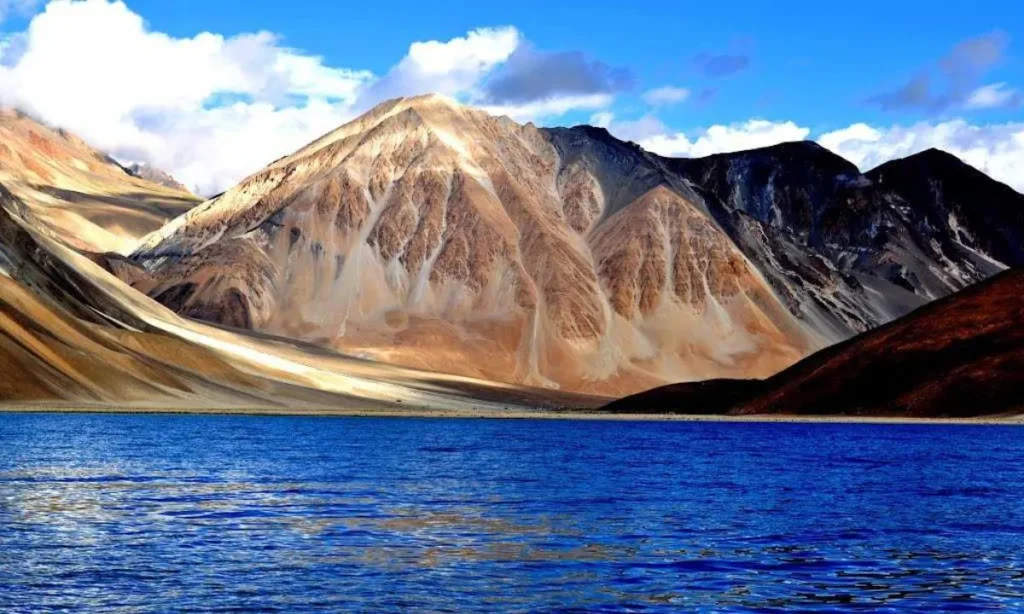
April to Mid May:
April marks the beginning of the tourist season in Ladakh. Tourists start visiting, and restaurants, camps, guest houses, and homestays begin to open or prepare for the next season. By the end of April, Pangong Lake and Tso Moriri Lake start melting, revealing beautiful colours.
During this period, Khardung La Pass and Chang La Pass are covered in snow. Generally, by the first week of May, the Srinagar-Leh Highway opens, welcoming more tourists. Fresh fruits and vegetables also start arriving, and life in Ladakh begins to return to normal.
If you plan to visit during this time, remember to prepare for winter-like conditions and bring appropriate winter clothing. Additionally, you can enjoy significant discounts as the tourist rush is still low, and the season is just starting.
May, June, and July:
The Srinagar-Leh Highway usually opens in early May, and by the end of May or the first week of June, the Manali-Leh Highway also opens. If you plan your trip as soon as the roads open, keep your schedule flexible and allow for a day or two of buffer time.
Early in the season, snow melts, leading to common landslides and snow slides, causing temporary road closures. For the best experience, plan your Ladakh road trip from the second week of June to the third week of July, before the monsoon starts. This period is considered the peak season for Ladakh trips.
You will find snow on the Manali-Leh Highway, especially at Bara lacha La Pass. If you want to enjoy snow and travel by road, this is the best time to visit Ladakh.
However, as the snow melts, water crossings become more challenging. The road conditions are at their worst early in the season but improve as the snow melts and the season progresses.
August:
August is the peak monsoon season in northern India. During this time, rivers are often flooded, and landslides are common, causing rain-related issues, especially for bikers.
Although Ladakh is in a rain shadow region with minimal rainfall, travelling by road from the lower hills means you will encounter all the rain-related challenges.
September to Mid-October:
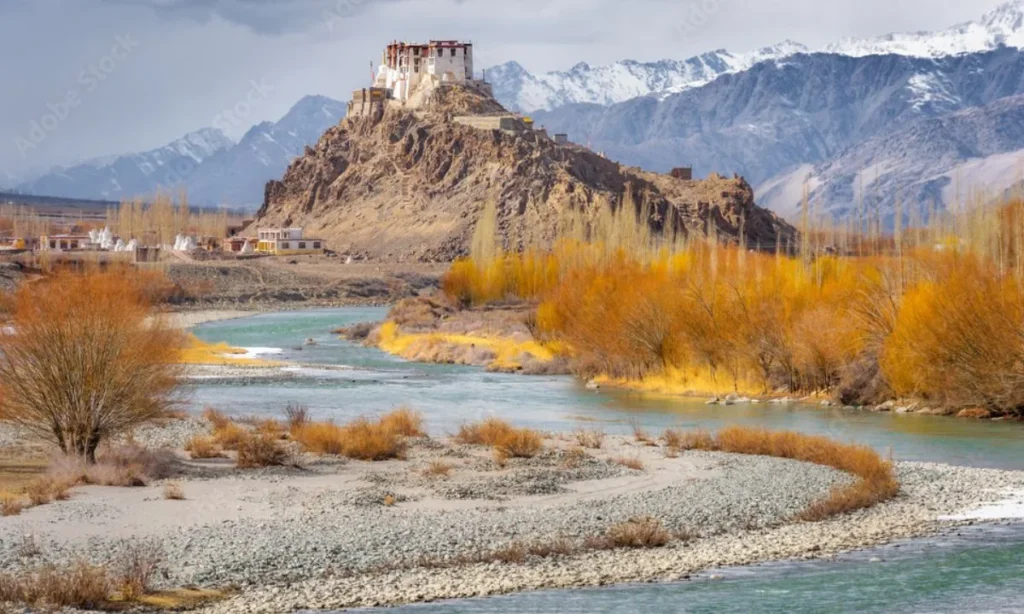
This period is considered the best time to visit Ladakh. The road conditions are at their best as both snow and rain have ended.
If you are planning a self-drive trip to Ladakh and are nervous or have little experience, or if you are driving a hatchback or sedan, this is the best time for you.
The fall colours also start to appear in Ladakh, enhancing its beauty, especially in the first two weeks of October. The rivers turn from brown to aqua or blue, creating a stunning visual.
Additionally, the tourist season is ending, so there are fewer tourists, and you can get significant discounts.
However, mornings and evenings become quite cold, and snowfall starts at high mountain passes, so remember to bring winter clothing and allow for a day or two of buffer time in your trip plan in case roads close due to snowfall.
Camps at Manali-Leh Highway, Pangong Lake, and Tso Moriri Lake start packing up, limiting your accommodation options during this time.
October End – November:
By the end of October and into November, winter sets in fully in Ladakh, with sub-zero temperatures. Most hotels and restaurants close, and the Manali-Leh Highway also closes.
The Srinagar-Leh Highway typically closes by the end of November or the first two weeks of December. Even if the highways are open, travelling on them is risky, especially on the Manali-Leh Highway, due to the common presence of black ice on Ladakh’s roads during this time.
December to March:
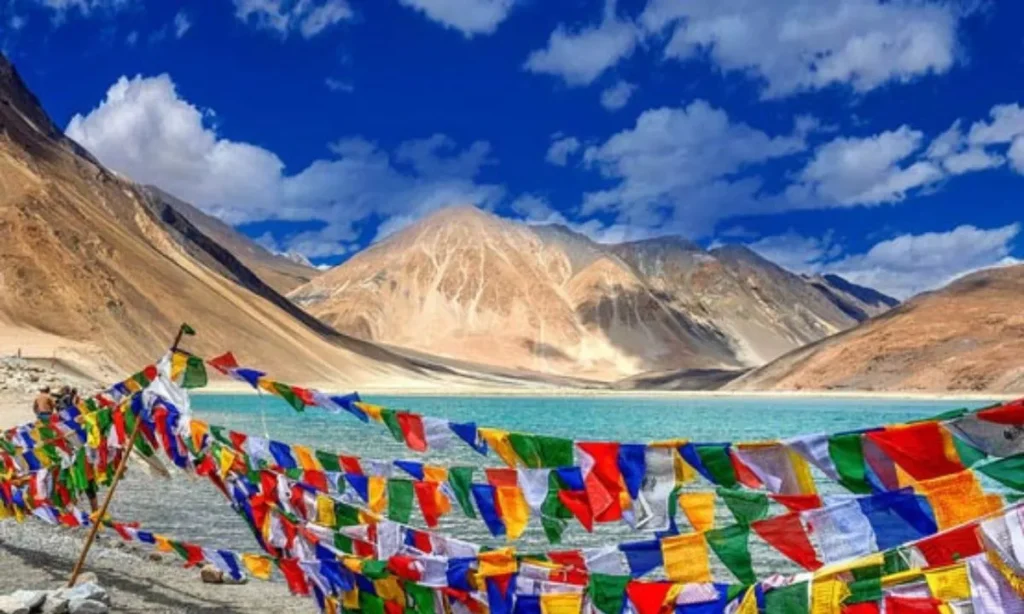
Winter in Ladakh lasts from December to March. By now, you should understand that if you plan a winter trip to Ladakh, you can only travel by flight.
January and February are the coldest months, attracting only the bold and brave tourists. The roads to Nubra Valley and Pangong Lake generally remain open as Khardung La Pass and Chang La Pass are kept open.
However, fresh snowfall can temporarily close the roads. In January, Pangong Lake and Tso Moriri Lake start freezing, and many tourists visit to walk on the frozen lakes.
December experiences dry winter conditions, making Pangong Lake and Tso Moriri Lake incredibly beautiful, although accommodation options are very limited, and basic facilities are available.
In late January and February, the Chadar Trek season begins, attracting many tourists to Ladakh for this frozen river trek on the Zanskar River.
However, keep in mind that Ladakh experiences extreme cold and snowfall during this time, making the trip very challenging.
Most restaurants and hotels are closed, and you will have to rely on homestays with basic facilities. This trip is not for everyone, so decide carefully if you want to undertake such an extreme Ladakh trip.
Read More Article: Best Time to Visit Shimla for Snowfall
Understanding Ladakh’s Early History
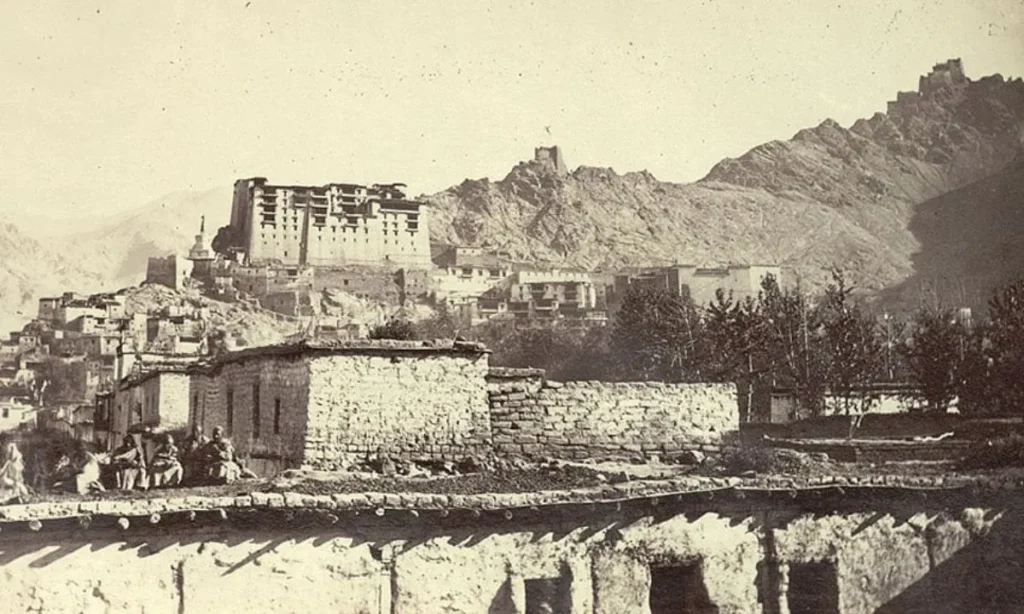
Ladakh was initially inhabited by various communities, such as the Dards, who were of Indo-Aryan descent and lived in northern Pakistan, northern India, and eastern Afghanistan. By the fourth century, Ladakh was a melting pot of cultures, influenced heavily by the Kushan Empire, which originated in Afghanistan. It was a multicultural realm where diverse religions like Zoroastrianism, Buddhism, Hinduism, and Animism coexisted peacefully.
The Arrival of Tibetan Influence
By the seventh century, Tibetan culture and Buddhism began to significantly influence Ladakh. This period marked the expansion of the Tibetan Empire, which was at its peak during this time. Ladakh became an important outpost of the Tibetan Empire, influencing local governance and cultural practices.
The Rise of the Namgyal Dynasty
In the 15th century, Ladakh saw the rise of the Namgyal dynasty, who were Tibetan Buddhists. The Namgyal rulers significantly expanded Ladakh’s territories and consolidated its borders. Notable rulers like Tashi Namgyal and Sengge Namgyal played crucial roles in fortifying Ladakh against external threats.
Dogra Rule and Integration with Jammu and Kashmir
In the early 19th century, Ladakh fell under the rule of the Dogra dynasty from Jammu. Gulab Singh, a prominent Dogra ruler, annexed Ladakh to the princely state of Jammu and Kashmir in 1846 following the Anglo-Sikh wars. This marked a significant geopolitical shift for Ladakh, as it became part of a larger state under British suzerainty.
Challenges and Modern Developments
Post-independence, Ladakh remained part of Jammu and Kashmir, experiencing several socio-political challenges. It witnessed tensions and conflicts, particularly during the Indo-Pakistani wars of 1965, 1971, and 1999, and the India-China war of 1962. The strategic significance of Ladakh led to the construction of the Srinagar-Leh highway, connecting it to the rest of India.
Union Territory Status
In 2019, Ladakh was granted Union Territory status, separate from Jammu and Kashmir, under the Jammu and Kashmir Reorganization Act. This move aimed to accelerate Ladakh’s development and governance, catering specifically to its unique cultural and geographical needs.
Read More Article: All You Need to Know About Best Time to Visit Shimla for Snowfall

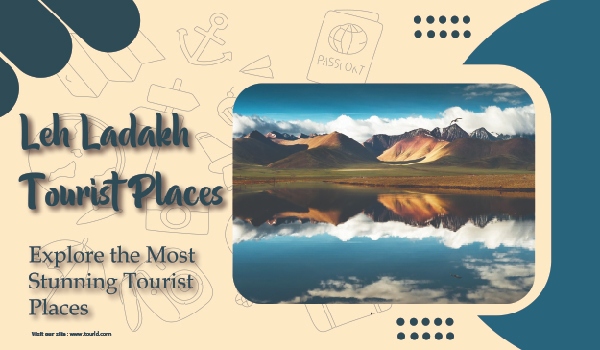

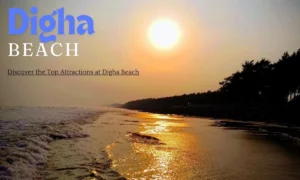
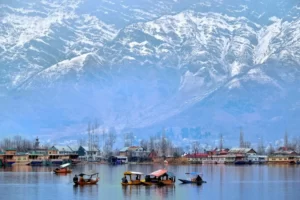
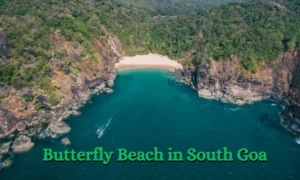
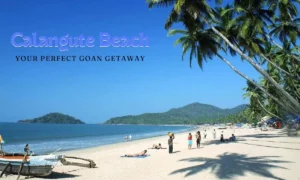







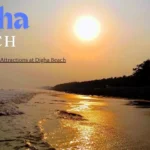
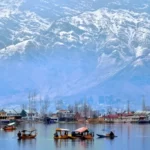



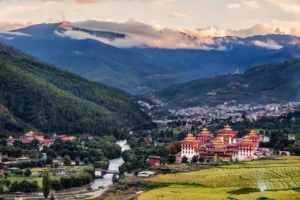
One Response
Hi my family member I want to say that this post is awesome nice written and come with approximately all significant infos I would like to peer extra posts like this